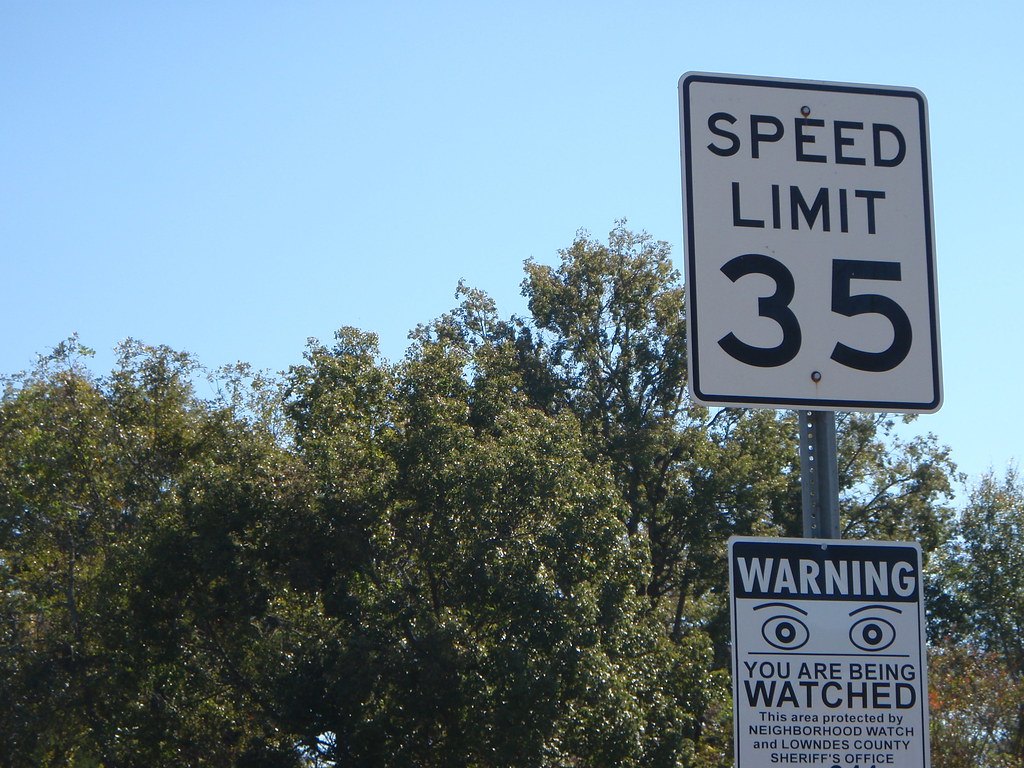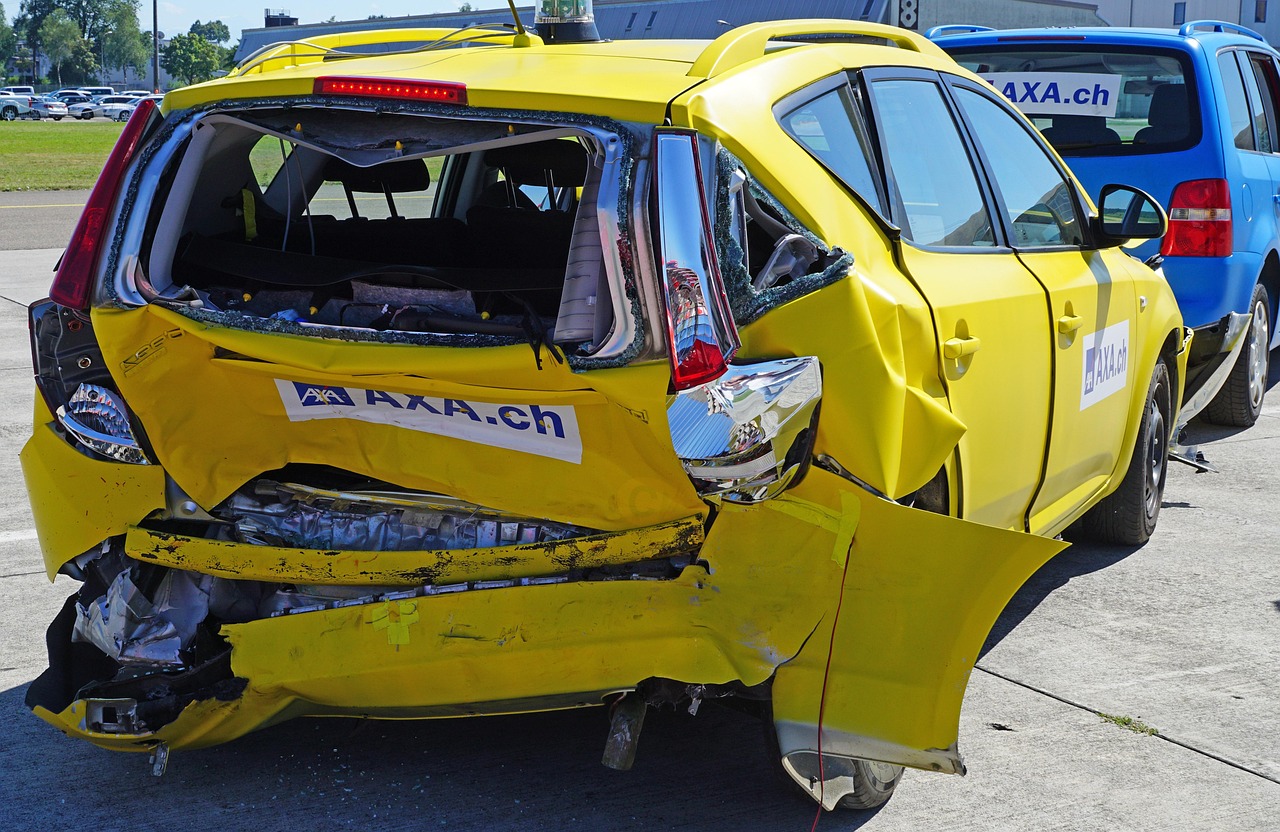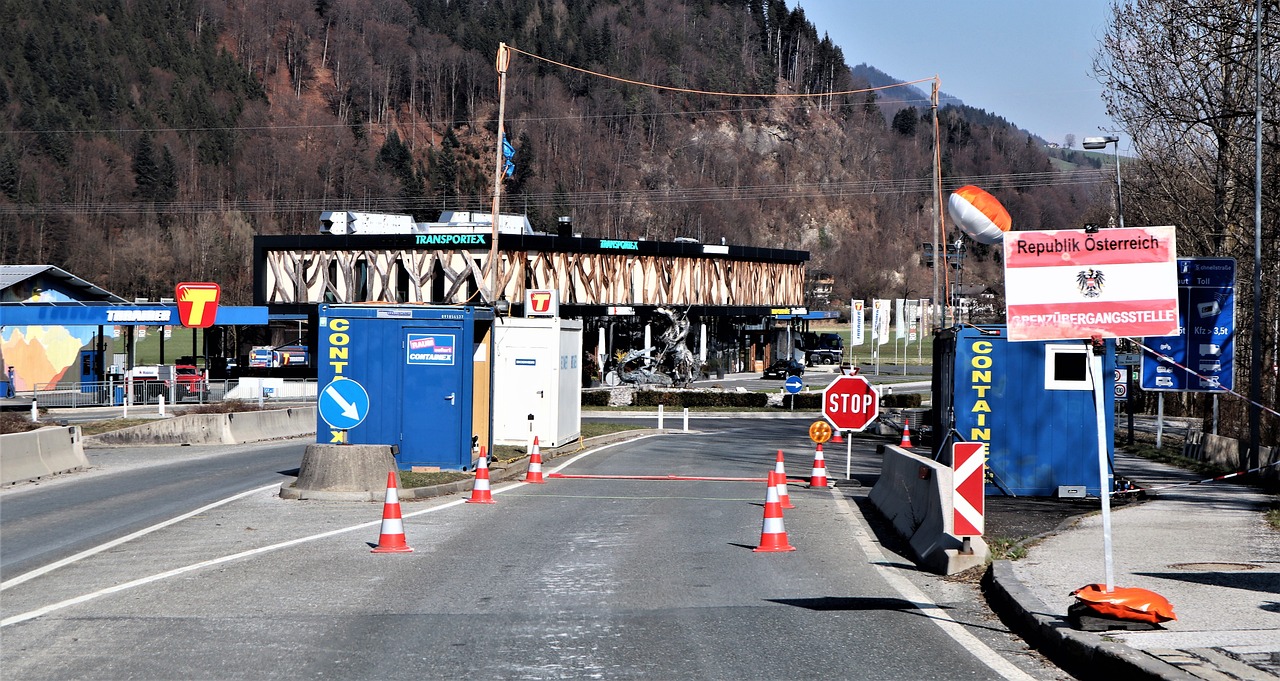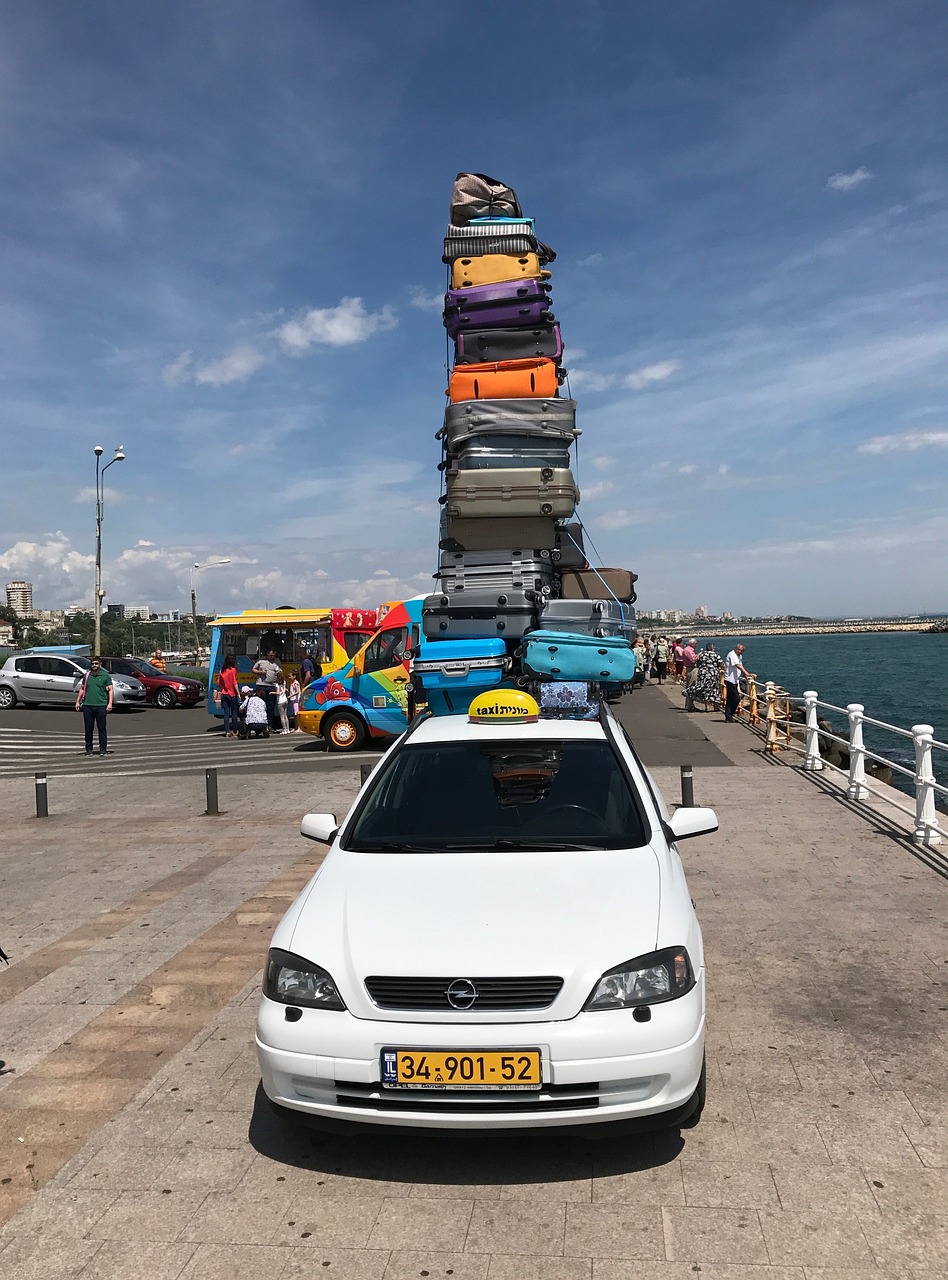Ignoring Local Traffic Laws and Speed Limits

Did you know that the most common reasons for being fined are illegal parking, driving into historical zones, and breaking the speed limit when renting a car abroad? Most travelers step off a plane and immediately get behind the wheel without spending a single minute researching local traffic rules. This naive approach can cost you dearly. Fines for driving without an IDP can be quite costly, and violations can range from hundreds to thousands of dollars depending on the country. Countries like Switzerland and Austria have incredibly strict speed enforcement with cameras everywhere, while places like Italy have complex ZTL (limited traffic zones) that can result in multiple fines for a single wrong turn. Every country has its own unique quirks – from mandatory headlight use during the day in some Nordic countries to complete alcohol bans for drivers in certain Middle Eastern nations. The police issue the bill to the car rental company, which pays the fine and then debits the amount from the client’s account, including an administrative fee.
Skipping the Pre-Rental Car Inspection

Picture this: you’re excited about your vacation, the rental agent is rushing you through paperwork, and you just want to hit the road. Sound familiar? This rush leads to one of the costliest mistakes travelers make – not thoroughly documenting the car’s condition before driving off. Professional scammers actually target tourists who skip this crucial step, knowing they can later claim damages that existed before you even touched the vehicle. Take photos or video of the car’s condition and ensure any existing damage is noted in the rental agreement. You should spend at least 10-15 minutes walking around the entire vehicle, checking for scratches, dents, tire condition, interior damage, and even testing all the lights and electronics. Document everything with timestamped photos, and don’t just rely on the rental agent’s quick inspection – they might miss things or intentionally overlook damage. You’ll enjoy a much calmer, stress-free rental if you’ve got damage insurance. Smart travelers create a video walkthrough of the entire vehicle, narrating what they see, because this provides the strongest evidence if disputes arise later.
Misunderstanding Insurance Coverage Options

Here’s where things get really expensive really fast. When driving abroad, your own insurance is unlikely to cover you, yet countless travelers assume their home insurance or credit card will protect them overseas. Many people don’t realize their regular insurance policy won’t cover them when driving in a foreign country. Therefore, it’s always essential to make sure you’re insured when renting a car abroad. The reality is much more complex than most people realize. This can prove challenging if the other party involved in an incident is either uncooperative or lacks insurance. Your credit card might offer some coverage, but foreign rentals often have stricter criteria, potentially negating coverage altogether depending on the locale and the fine print of the rental agreement. If you have an accident and damage the car, you will be responsible for paying for the repairs; if you cause an accident that injures someone else, you could be sued for a lot of money; and if your rental car is stolen, you will be responsible for the entire cost of the replacement vehicle. The smart move? Research your existing coverage thoroughly before traveling and consider purchasing comprehensive rental insurance for peace of mind.
Leaving Valuables Visible in the Vehicle

Rental cars might as well have “tourist” painted on the side – they’re like magnets for thieves who know travelers often carry expensive electronics, cash, and important documents. Hide valuables out of sight, such as in the glove box or trunk because even something as simple as a phone charger cord can signal to criminals that expensive items might be inside. Visible valuables inside your car can attract thieves — and so can blankets, coats or other items that look as if they’re covering valuables. Thieves in tourist areas are incredibly sophisticated – they can spot rental cars from a mile away and know that tourists often leave cameras, laptops, passports, and shopping bags inside. Catalytic converters, electronics, and personal valuables were the most commonly stolen items in vehicles. What’s particularly frustrating is that rental companies typically aren’t liable for stolen personal items, so you’ll be out of luck if your belongings disappear. The safest approach is to never leave anything visible in the car, even if you’re just popping into a store for five minutes. Professional thieves can break into a car and steal items in under 30 seconds.
Not Understanding International Driving Permit Requirements

This mistake can literally stop your vacation in its tracks. Several countries around the world require foreign drivers to carry an International Driving Permit along with their valid driver’s license to legally operate a motor vehicle within their jurisdiction. Failure to comply with this requirement may result in hefty fines, vehicle impoundment, or even legal repercussions. Many Americans think their driver’s license works everywhere, but not all countries accept a U.S. driver’s license. The following countries require IDPs for U.S. drivers: Australia, Austria, Bulgaria, the Czech Republic, Estonia, Greece Italy, Japan, Poland, Romania, Serbia, Slovenia, Slovakia, Spain, and Thailand. What makes this even more confusing is that specific car rental agencies may vary on their enforcement of IDP policies. Another country cannot issue an IDP to be used in conjunction with a US driver’s license. An IDP accompaning a US driver’s license can only be issued in the USA. The biggest trap? You can’t get one while abroad – you must apply before leaving your home country, and the American Automobile Association (AAA) is the official organization authorized by the U.S. Department of State to issue IDPs.
Fuel Policy Confusion and Empty Tank Returns

Fuel policies are like hidden landmines in rental contracts that can explode your travel budget. Most rental companies offer different fuel options: full-to-full (most common), pre-purchase plans, or full-to-empty policies, and mixing these up can cost you serious money. Surprise fees can quickly add up, turning a great rental deal into a costly mistake. Common fees include charges for additional drivers, underage drivers, GPS systems, and toll passes. The worst mistake? Returning a car empty when you agreed to a full-to-full policy – rental companies charge premium rates for refueling, often 2-3 times the local gas station price, plus administrative fees. Some tourists fall for the “convenient” pre-purchase fuel option, paying upfront for a full tank, then returning the car nearly full because they couldn’t use all the gas. Smart travelers always photograph the fuel gauge when picking up and returning the vehicle, keep fuel receipts, and factor refueling time into their airport departure schedule. International fuel stations can be tricky too – make sure you know whether the car takes diesel or gasoline, and understand local payment methods at gas stations.
Violating Geographic Restrictions and Border Crossings

Imagine driving from Austria into Switzerland and suddenly discovering your insurance is void and you’re driving illegally. Many rental agreements restrict which countries you can visit, and violating these geographic limitations can instantly cancel your coverage and expose you to massive financial liability. European travelers often assume they can freely drive between EU countries, but rental companies frequently have complex restrictions based on insurance regulations, theft rates, and international agreements. Some companies allow certain border crossings for additional fees, while others completely prohibit travel to specific countries or regions. Eastern European countries often have restrictions due to higher theft rates, while luxury vehicles might be prohibited from crossing into certain areas altogether. Before setting off to conquer new roads or admire landscapes from the window, don’t forget to study the highway code of the relevant country and city, determine your route using a map, and gain an idea of where you are going to park. The consequences aren’t just about voided insurance – some countries have strict penalties for foreign drivers operating vehicles illegally, including vehicle impoundment and hefty fines. Always check your rental agreement carefully and notify the company if you plan any cross-border travel.
Late Return Penalties and Poor Time Management

Time is money, especially with rental cars, and being even a few minutes late can trigger expensive penalties that rival an extra day’s rental fee. Returning your rental car late can result in additional charges. It’s important to know the rental company’s policies on returns and late fees. Rental companies often operate on tight schedules with vehicles pre-booked for the next customer, so they have zero tolerance for late returns. What catches people off-guard is that “late” doesn’t mean hours – some companies consider you late if you’re even 30 minutes past your scheduled return time. Plan your schedule to return the car on time, and if you foresee being late, contact us as soon as possible to let us know so we can discuss your options. International flights add another layer of complexity because traffic, unfamiliar roads, finding the rental return location, and shuttle buses to terminals all take longer than expected. Airport rental returns can be particularly stressful because you’re racing against flight departure times while navigating foreign airports and potentially dealing with language barriers. Pro tip: always plan to return your rental car at least 3-4 hours before an international flight departure, and build extra buffer time for peak travel seasons when everything takes longer.
Overloading Vehicles and Ignoring Weight Limits

Rental cars aren’t moving trucks, but countless travelers treat them like cargo haulers, stuffing them beyond capacity with luggage, souvenirs, and passengers. If you have an accident and damage the car, you will be responsible for paying for the repairs, and overloading is a common cause of accidents and mechanical failures that void insurance coverage. Most rental agreements specify maximum passenger numbers and weight limits, but tourists rarely read the fine print or consider the consequences. Overloaded vehicles handle poorly, especially on mountain roads or in adverse weather conditions common in many vacation destinations. The extra weight affects braking distances, tire wear, suspension components, and fuel consumption – all of which can lead to costly repairs that you’ll be responsible for. European rental cars are often smaller than what Americans are used to, making overloading even more dangerous. Beyond safety concerns, police in many countries actively look for overloaded tourist vehicles and can issue hefty fines. The IDP doesn’t grant you any additional driving privileges. You’re still bound by the limitations of your original license. If you’re not licensed to drive a motorcycle in New York, for instance, your IDP won’t allow you to do so abroad. Smart travelers weigh their luggage before packing and choose appropriate vehicle sizes for their group and cargo needs rather than trying to squeeze everything into the cheapest rental option.
Did you expect that nine simple oversights could turn your dream vacation into a financial nightmare? The rental car industry is counting on travelers making these exact mistakes, but now you’re armed with knowledge that could save you thousands of dollars and countless headaches on your next international adventure.






